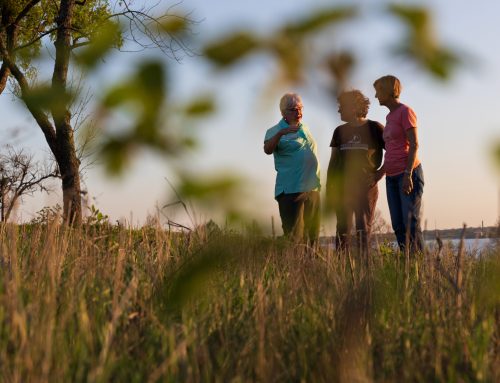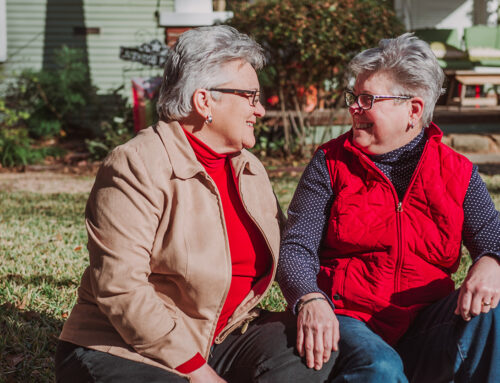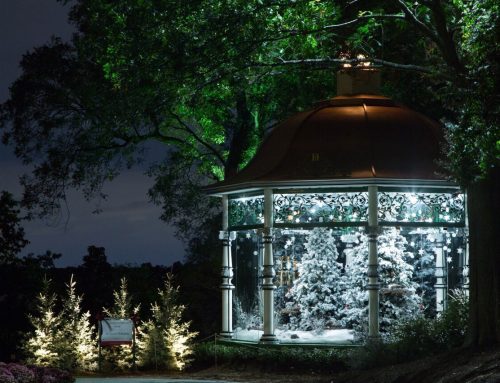As the moist, black earth steams in the noontime sun, Kroth Mou sits in the shade of a pecan tree and rinses handfuls of fresh-picked watercress and mustard greens in a bucket of cool water.
The vegetables, which the Cambodian immigrant grows in a community garden on Fitzhugh Avenue near Virginia Avenue, will be sold to neighbors, Mou says through an interpreter.
Mou is among 43 families, most of them refugees from Cambodia and Laos, whose labor has turned a vacant lot in a rough, dilapidated section of town into an inner-city oasis. Here, the earth is rich and soft, plants are growing, and a tall, chain-link fence topped with barbed wire keeps troublemakers at bay.
This community garden – one of at least two in Old East Dallas – has been thriving under the auspices of the Dallas Police Department’s East Dallas Storefront since the late 1980s.
The property is on loan from its owner, and non-profit organizations such as Save The Children, the North Texas Multicultural Center and the Rotary Club have donated time, money and materials to help set up the garden and keep it open.
“The people here garden not just for food but for fun, and the garden reminds them of home,” says Dallas Police Officer Paul Thai.
“We started it because people were asking for garden space. They were homesick, they could not find jobs because they did not speak English, and they had time to kill. In their home countries, they did gardening, but living in the apartments around here they had nowhere to do it.”
The bounty of vegetables and fruits – some familiar to American varieties and others native to Southeast Asia – attests to the skill and attention of the gardeners. Plots are divided into raised planting beds bordered by wood planks.
Low-growing vegetables that need no support are planted in rows or in 5- and 10-gallon buckets between plots; beans and other climbing plants are supported on strings, tree branches and dried reeds. Almost everything in the garden is an example of creative recycling and traditional Asian gardening methods adapted to Dallas’ heat.
Inside this sanctuary, the gardeners are at peace, Thai says. Here, they are not a minority. Everyone speaks the same language, and their social customs are similar. In the garden, they are involved in a communal effort where they can observe tangible success.
“The garden serves many purposes,” Thai says. “The gardeners save money by growing their own food, they can sell surplus food or share it with neighbors, it is a social gathering spot, and it is a place where they feel comfortable in the company of friends.”
Frequently, even when there is no more work to do on their crops, the gardeners will sit around and talk with neighbors until dark.
Although each family pays $36 a year in dues for the use of a large plot, or $24 for a small plot, the fee is seldom enough to cover the cost of water and electricity, much less to continue improving the site, Thai says.
He’d like to find donors to help lay gravel on the garden’s central path so the pickup doesn’t get stuck when he delivers manure and other materials to the site. He also envisions a play area for smaller children.
The other large community garden in East Dallas is owned and operated by the Communities Foundation of Texas. It was started two years ago after NorthPark National Bank donated some land at the corner of Live Oak Street and Fitzhugh, says Charles Redding, property manager for the Communities Foundation.
The foundation bought some adjoining property, tore down two dilapidated buildings, installed 7-foot-tall wrought-iron fencing and landscaping, laid water line and created 34 plots with raised beds. The foundation currently charges members no dues for use of the garden, which Redding describes as “still in its infancy.”
If you are interested in helping with the garden managed by the East Dallas Police Storefront, call Thai at 670-5517. People interested in gardening at the Communities Foundation garden or helping with its coordination may call Redding at 826-5231.





